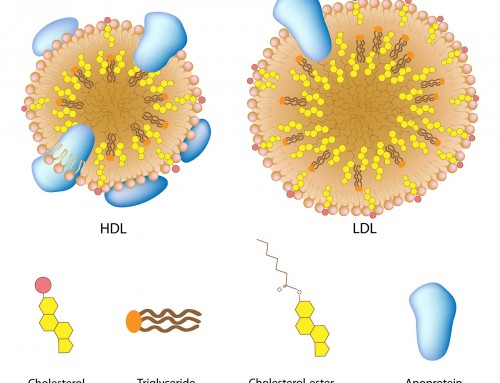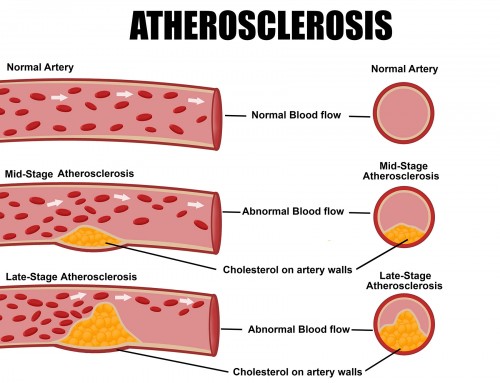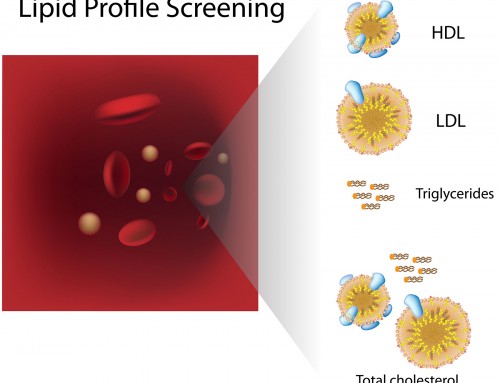What are the signs and symptoms of Type III Hyperlipoproteinemia?
Type III hyperlipoproteinemia is a genetic disorder characterized by high blood cholesterol and triglycerides, leading to atherosclerosis and cardiovascular disease.
Signs and symptoms of Type III hyperlipoproteinemia vary in severity. The symptoms for this disorder do not typically appear unless triggered by dietary, hormonal and metabolic factors. These factors can contribute to elevated blood lipid levels, resulting in abnormal accumulation of lipids in the body.
The major signs of hyperlipoproteinemia are high levels of blood lipids. Symptoms may include xanthomas, atherosclerosis and cardiovascular disease.
Xanthomas
High levels of lipids in blood can result in deposits of fatty material in the skin. These deposits are called xanthomas, and they can appear in forms of papules (multiple yellowish bumps) or plaques on the skin.
– Xanthomas striata palmaris (found on palm of hands, observed only in people with Type III hyperlipoproteinemia)
– Tendon xanthomas (found at the tendons of elbows, hands, knees, ankle and feet)
– Xanthelasma (found under the eyelids)
– Corneal arcus (greyish white deposits found in the periphery of the cornea)
Atherosclerosis
Fatty material can build up in the walls of blood vessels, causing narrowing and blockage of blood vessels in atherosclerosis. Oxygen and blood flow can be partially or totally blocked, resulting in cardiovascular disease or peripheral vascular disease.
Cardiovascular disease
People with hyperlipoproteinemia have an increased risk of developing premature heart disease due to the onset of atherosclerosis. Cardiovascular disease can occur if there is blockage in the arteries that supply the heart. Cardiovascular diseases include coronary artery disease, angina and heart attack. Stroke can also occur if there is blockage in the arteries that supply the brain.
Other diseases
Peripheral vascular disease can occur if there is decreased or blocked blood flow in the arteries that supply the organs and limbs. It can result in claudication (limping) or cramping. Some may develop hepatosplenomegaly (abnormally enlarged liver or spleen) or pancreatitis (inflammation of the pancreas).
References:
Mozaffarian D, Benjamin EJ, Go AS, et al. (2015). Heart disease and stroke statistics—2015 update: a report from the American Heart Association. Circulation. 131: e29-322.
Song Y, Stampfer MJ, Liu S (2004). Meta-Analysis: Apolipoprotein E Genotypes and Risk for Coronary Heart Disease. Ann Intern Med. 141(2): 137-147.
What is Cardiovascular Disease? American Heart Association. (Reviewed 12/18/2014).
Heart Disease in Women. National Heart, Lung and Blood Institute (Updated 04/11/2014)
National Organization for Rare Disorders. Hyperlipoproteinemia Type IIIAbout the Disease
DNA In the News2017-04-06T21:55:49+00:00




